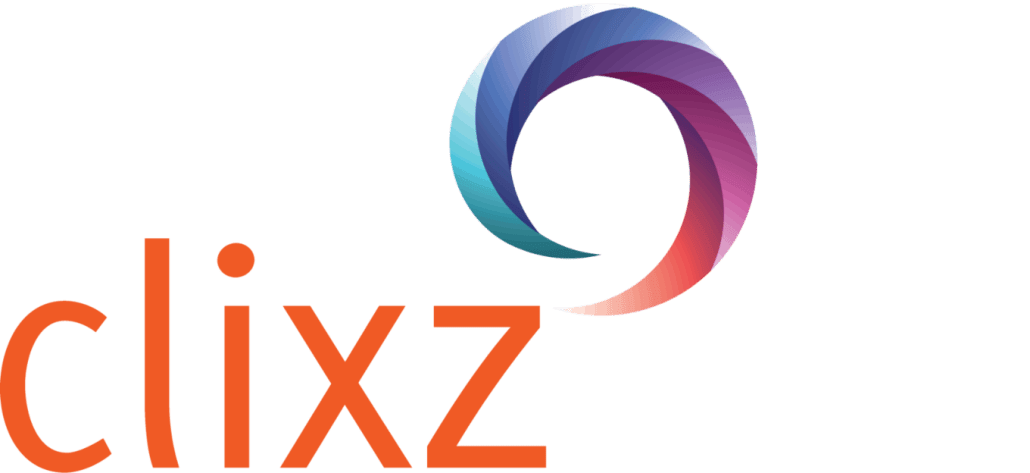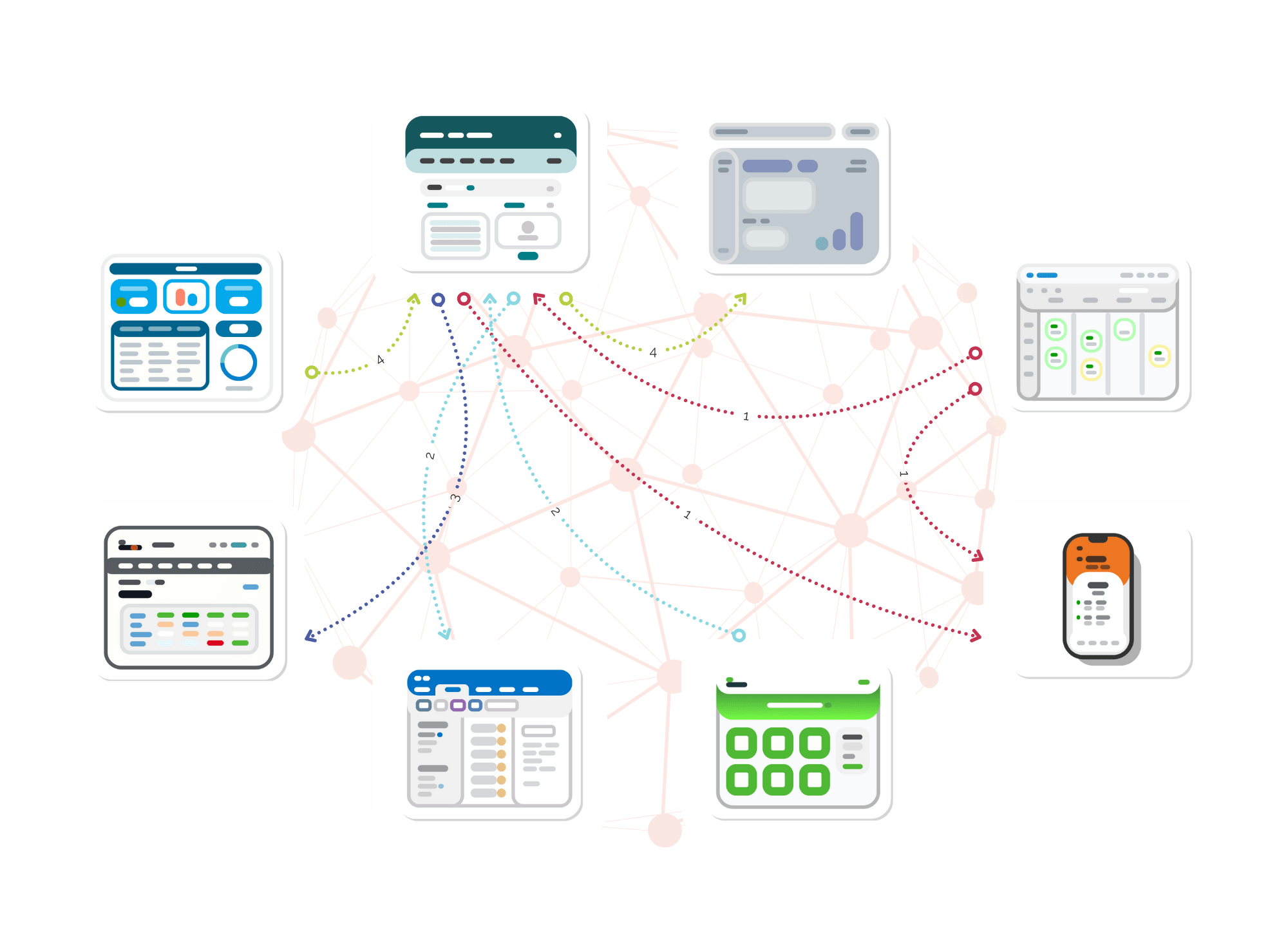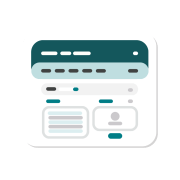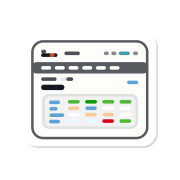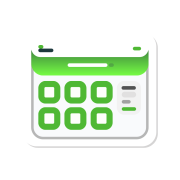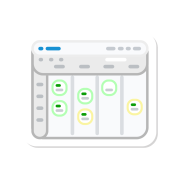Read in Dutch > In modern educational institutions, such as universities and colleges, a broad spectrum of software systems form a complex digital ecosystem. This article highlights the common challenge in such environments: not the number or complexity of individual applications and systems, but their intercommunication. Discover how we mitigated this challenge by implementing an integration at Breda University of Applied Sciences (BUas) within just one month.
TimeEdit
Advanced scheduling and resource planning software that optimally arranges rooms, teachers and facilities.
